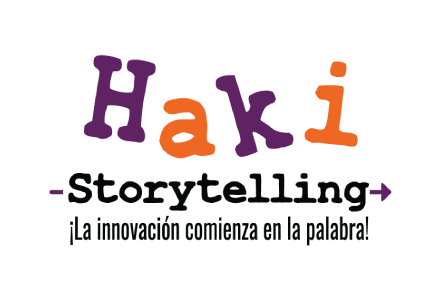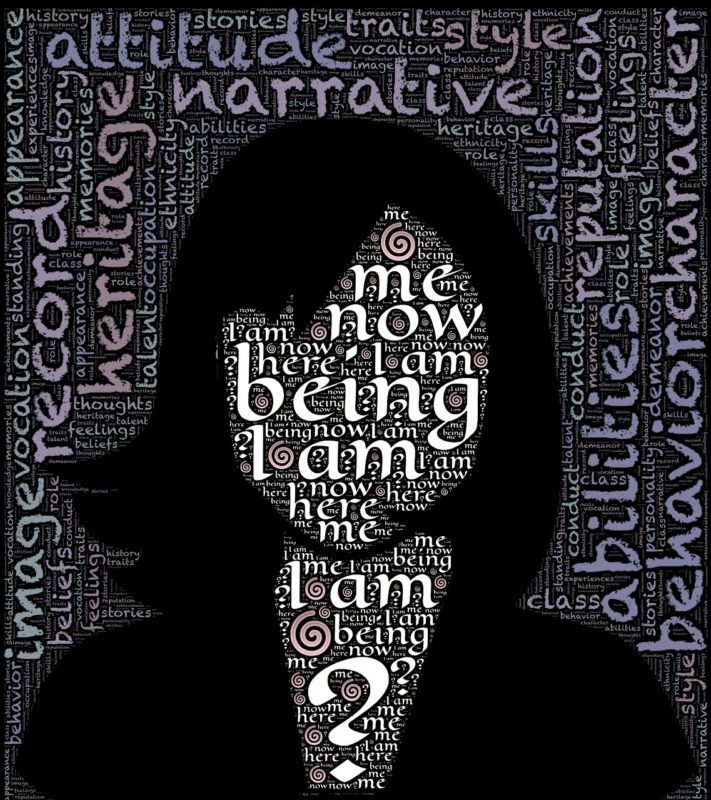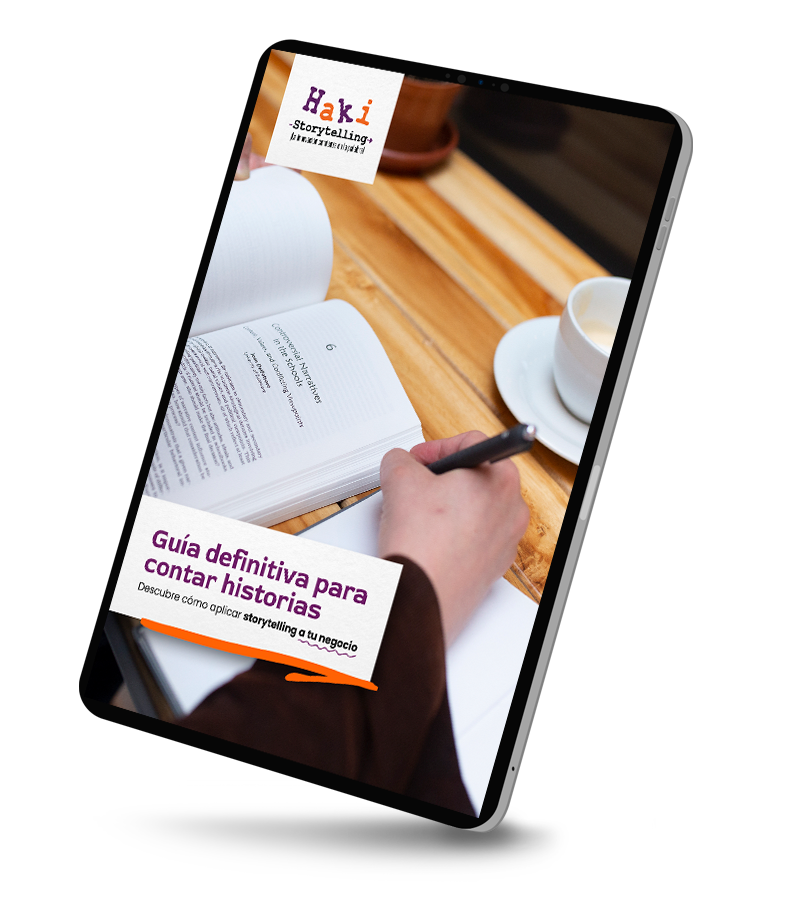Llegamos a Cartagena un viernes después del mediodía. Dejamos las maletas en el hotel y, ya en modo Hay Festival, nos dirigimos al sector donde asistiremos a charlas de 3 de la tarde a 8 de la noche, la última para ver a la escritora británica Zadie Smith.
De charla, en charla, café en café, llegamos a la charla de Smith. Entre los temas que tocó, la escritora, habló sobre identidad y lo que ese término puede llegar a significar, e inició afirmando: “Lo único que identifica a las personas totalmente es su nombre”.
Eso me llamó mucho la atención porque he leído acerca de la importancia de la identidad y su relación con el storytelling. Melanie Green, la autora del libro Impacto Narrativo, define a la identidad como: “La historia que contamos del yo para saber quiénes somos. Esas historias no son opcionales ni solo para sobrellevar las situaciones difíciles que se nos presentan, sino que son componentes centrales de nuestra vida social y son las que nos dan los lineamientos para desenvolvernos en el mundo.”
La identidad, entonces, está relacionada con la pregunta “¿quién soy?”, interrogante que los humanos se han hecho desde sus inicios como, por ejemplo, los griegos con su aforismo Noce Te Ipsum (conócete a ti mismo).
Pero hablemos de identidad en el mundo corporativo que, considero, tiene que ver con la siguiente pregunta: ¿De qué manera nos perciben las personas como organización, marca y/o proyecto, y cómo proyectamos aquello que nos mueve hacia adelante, eso a lo que le apostamos día a día?
Parte del éxito de nuestra historia esté ligado a la forma en que logramos proyectar nuestra identidad, es decir, la manera en que logramos exponer a nuestra audiencia ese panorama que tenemos tan claro, y en cómo logramos que las personas se pongan en nuestros zapatos y puedan compartirlo.
Esto es algo que suena bien. Un conjunto de palabras bonitas, pero a las que quizá les hace falta sustancia.
Por eso me llamo tanto la atención cuando Smith comenzó a hablar sobre identidad. La escritora también dijo que a veces es bueno procurar adoptar una identidad colectiva para exigir derechos, y hablo sobre el asombro de su esposo, el novelista Nick Laird, quién le comentó sobre su molestia acerca de las categorizaciones: “Antes solía ser yo mismo y ahora soy “El hombre blanco”, y Smith le contestó: “Finalmente entiendes; la lección de eso es que la identidad es un gran dolor en el trasero”.
Para cerrar Smith dijo que la mejor forma para definirla es a través de la acción, que lo que hacemos y cómo actuamos es la manera en que podemos dejar claro quiénes somos, en vez de andar diciendo por ahí que somos esto o lo otro.
“Lo único que tiene consecuencia es la acción: somos arrojados
a este mundo y actuamos, actuamos y actuamos”
—Zadie Smith—
Esto me hizo pensar en la frase de una charla de Creative Mornings que vi alguna vez: “Las ideas son nada, el hacer lo es todo.”
Quizá lo más importante que debemos tener en cuenta para comenzar a narrar o seguir narrando nuestra historia, es evaluar nuestras acciones diarias, plantearnos las siguientes preguntas y actuar acorde a lo que descubramos con ellas:
- ¿Cuál es el acertijo que estoy tratando de resolver con mi trabajo?
- ¿Cuál pienso que es mi misión?
- ¿Qué es lo que más curiosidad me produce?
***
IDENTITY AND STORYTELLING
We arrived in Cartagena on a Friday over midday. After we left our luggage at the hotel, and already in Hay festival mode, we headed towards the sector where we will attend talks from 3 to 8 p.m. The last one to see the British writer Zadie Smith.
From one event to the other, and after several cups of coffee, we made it to Smith’s talk. She talked about identity and what it can mean. At some point, she said: “The only thing that identifies people completely is their name.”
That caught my attention because I have read about the importance of identity and its relation to storytelling. Melanie Green, author of the book Narrative Impact, defines identity as: “The story we tell about the self to know who we are. These stories are no optional extras, but a central component of our social life, which people experience in a storied way, and they give us the guidelines to act in the world.”
Hence, identity has to do with the question: “Who am I? A question that humans have made since their beginnings, like, for example, the Greeks with their aphorism Noce Te Ipsum (Know yourself).
But let’s talk about identity in the corporate world that, I believe, has to do with the following question: How people perceive us as an organization, brand and/or project, and how do we project that one thing to which we bet every day?
Part of our story’s success is linked with the way we managed to project our identity, that is how we expose our audience to that panorama that is clear for us, and how we prepare people to step in our shoes, so they can share it.
That sounds nice but could lack substance.
That’s why Smith grabbed my attention when she started talking about identity. The writer also said that sometimes it’s good to adopt a collective identity to demand rights, and talked about her husband’s, the novelist Nick Laird, astonishment, who told her about his discomfort with categorizations: “I used to be myself, and now I’m the white guy,” and she replied to him: “You finally understand” and she concluded that the lesson of that episode was that identity is a huge pain in the arse.”
To close, Smith said that action is the best way to define identity, that what we do and the way we act is how can we establish who we are, instead of repeating that we are this or that, and that the only thing with a consequence is action.
“We are thrown into the world and we act and act and act.”
—Zadie Smith—
That made me think about a phrase of a Creative Mornings talk I heard once: “Ideas are nothing, doing is everything.”
Maybe the most important thing that we must consider to start telling our story or keep narrating it is to evaluate our daily actions; ask ourselves the following questions, and act accordingly with what we discover with them:
- ¿What is the riddle that I’m trying to solve?
- ● What is my mission?
- What is the thing that makes me the most curious?





